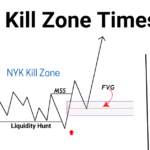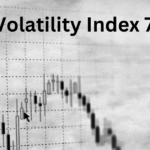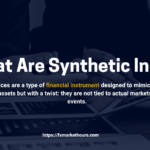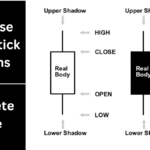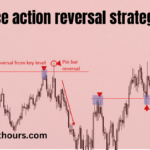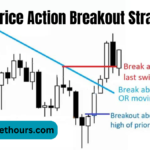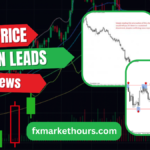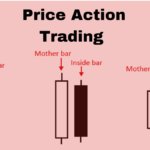Are you curious about what forex trading is all about? You might have heard about it, but the idea of diving into it seems overwhelming, especially if you don’t have a financial background. The good news is, you’re not alone, and you don’t need to be an expert to start. In this beginner’s guide, we’ll walk you through what forex trading is, how it works, and why it’s worth learning.
What is Forex Trading? A Beginner’s Guide Meaning
First things first, let’s break down the term “forex.” Forex stands for “foreign exchange.” It refers to the process of exchanging one currency for another. So, in simple terms, forex trading involves the buying and selling of currencies. This might sound a bit technical, but it’s just like exchanging money when you travel to a different country. For example, if you travel from the UK to the USA, you might exchange British Pounds (GBP) for US Dollars (USD).
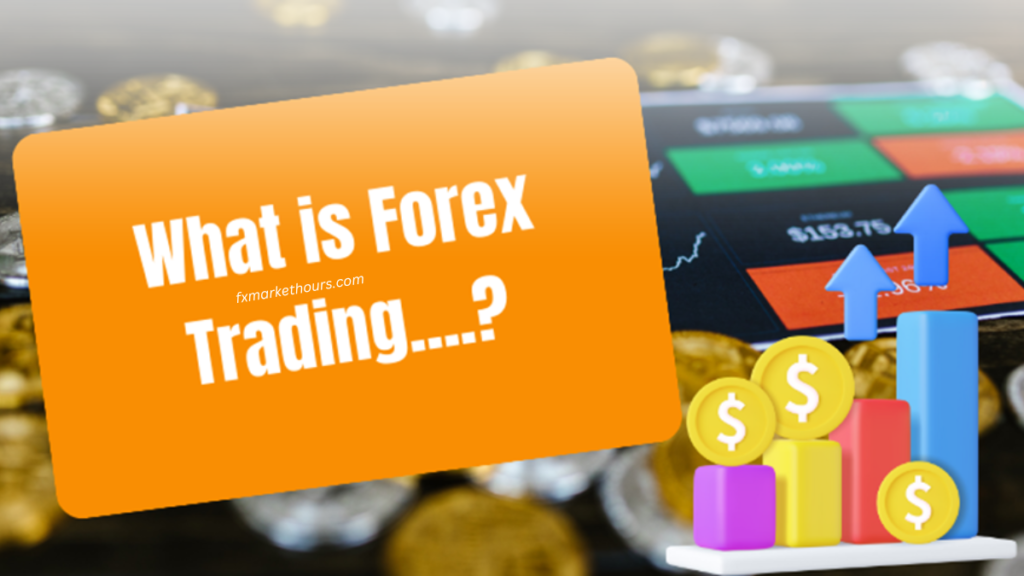
In the past, people exchanged currencies mainly for traveling or buying goods from other countries. This exchange happened physically at banks or money exchanges. Today, forex trading happens mostly online, and it’s a lot more than just exchanging money for travel. It’s about buying a currency at one price and selling it later at a higher price to make a profit.
What is Forex Trading? A Beginner’s Guide and How Does it Work?
Forex trading works by taking advantage of the fluctuations in currency values. Let’s say you think the value of the US Dollar (USD) will go up compared to the Euro (EUR). You might buy USD and wait for its value to increase. When it does, you sell the USD at a higher price than what you paid for it, and that difference is your profit.
But how do you know when a currency’s value will go up or down? This is where analysis comes in. Traders use two main types of analysis: fundamental analysis and technical analysis.
- Fundamental Analysis: This involves looking at the economic events and news that might affect currency prices. For example, if the UK economy is doing well, the value of the British Pound (GBP) might go up.
- Technical Analysis: This is about studying past currency price movements using charts and patterns to predict future prices.
Forex trading isn’t just about profits; there are risks too. The price of a currency can go down, and if you sell at a lower price than what you paid, you’ll make a loss. That’s why understanding how forex trading works is crucial before jumping in.
What is Forex Trading? A Beginner’s Guide All About
So, what is forex trading all about? At its core, forex trading is about buying and selling currencies in pairs. A currency pair is made up of two currencies, for example, the Euro and the US Dollar (EUR/USD). When you trade a currency pair, you’re simultaneously buying one currency and selling another.
Let’s break it down with an example. Suppose you believe that the Euro will strengthen against the US Dollar. You would buy the EUR/USD pair, meaning you’re buying Euros and selling US Dollars. If the Euro’s value increases, you can then sell the Euros for a profit.
Alternatively, you can sell a currency pair if you think the first currency will weaken against the second one. For instance, if you believe the US Dollar will get stronger against the Japanese Yen (USD/JPY), you would sell the pair, effectively buying US Dollars with Japanese Yen. If the Dollar strengthens, you sell it back and gain more Yen than you originally invested.
What is Forex Trading? A Beginner’s Guide UK
Forex trading in the UK works the same way as it does elsewhere, but there are some local considerations. The UK is one of the largest forex trading hubs in the world, with London being a major financial center. This means that forex trading in the UK is well-regulated and offers access to many brokers.
When starting forex trading in the UK, it’s important to choose a broker that is regulated by the Financial Conduct Authority (FCA). This ensures that your money is safe and that the broker operates under strict guidelines. Many UK brokers offer educational resources and demo accounts, which are great for beginners who want to practice trading without risking real money.
What is Forex Trading? A Beginner’s Guide All About the Forex Market
Now that you have an idea of what forex trading is, let’s talk about the forex market itself. The forex market is the largest financial market in the world, with a daily trading volume of over $6.6 trillion. Unlike stock markets, the forex market doesn’t have a physical location or central exchange. Instead, it operates electronically 24 hours a day, five days a week, through a network of banks, brokers, and traders.
Because the market is so large and operates around the clock, it offers plenty of opportunities for traders to buy and sell currencies. However, this also means that the market can be volatile, with prices changing rapidly based on news, economic data, and other factors.
How to Get Started with Forex Trading?
If you’re ready to start forex trading, the first step is to open an account with a forex broker. A broker is a company that provides you with access to the forex market. You can trade currencies through their platform, either on your computer or via a mobile app.
Most brokers offer different types of accounts, from demo accounts (which let you trade with virtual money) to live accounts (where you trade with real money). It’s a good idea to start with a demo account to practice and get a feel for how the market works.
Once you’re comfortable, you can start trading with a live account. Begin by trading small amounts of money and gradually increase your investment as you gain experience.
Basic Forex Terminology
Before you start trading, it’s essential to understand some basic forex terminology:
- Buy/Ask: The lowest price at which you can buy a currency pair.
- Sell/Bid: The highest price at which you can sell a currency pair.
- Lot: The amount of currency you are buying or selling. It’s like the unit of measurement.
- Leverage: The ability to trade more money than you have in your account. This is provided by your broker.
- Pip: The smallest price change in a currency pair.
- Take Profit (TP): A feature that automatically closes your trade when it reaches a certain profit level.
- Stop Loss (SL): A feature that limits your losses by closing your trade when it reaches a certain loss level.
- Spread: The difference between the buy and sell price, which is the broker’s fee.
- Fundamental Analysis: Analyzing economic events to predict currency price movements.
- Technical Analysis: Using past price data and charts to forecast future price movements.

